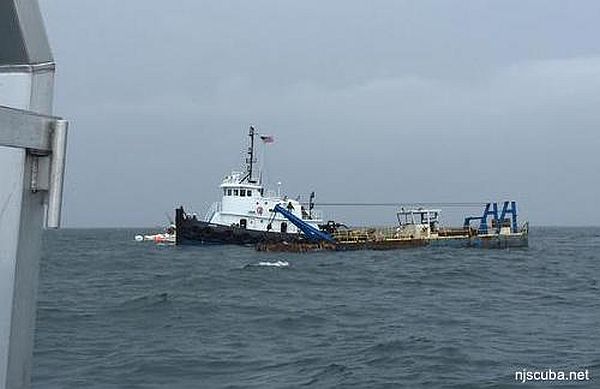
- Type:
- artificial reef, barge, dredge
- Specs:
- ( 70 ft )
- Sponsor:
- Strathmere Fishing and Enviromental Club, Ann E Clark Foundation
- Sunk:
- Thursday June 16, 2016 - Ocean City Artificial Reef
- GPS:
- 39°9.993' -74°34.095'
More: Ohio ...
The pink and white areas are shipping lanes. 'Natural' shipwrecks are depicted with a wreck symbol.
More: Artificial Reefs ...

More: Ohio ...

More: Onondaga ...

More: Ocean Wreck Divers III YON-84 ...
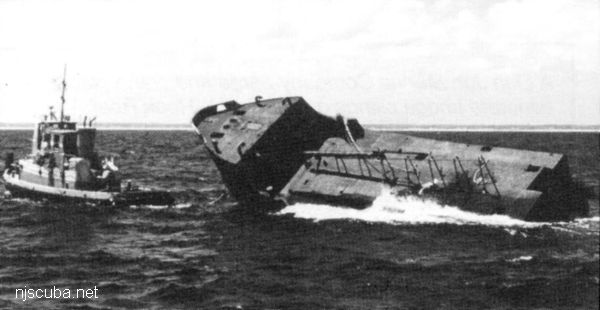
More: Ocean Wreck Divers IV "The Bow" ...
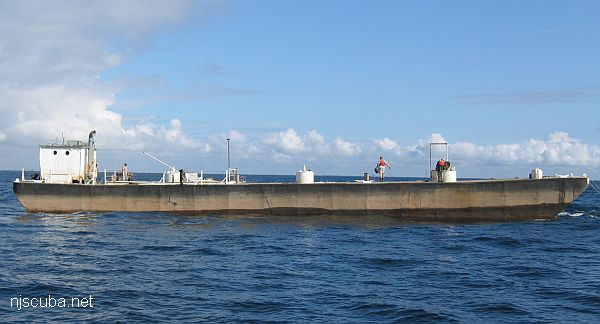
More: Pair of Kings ...
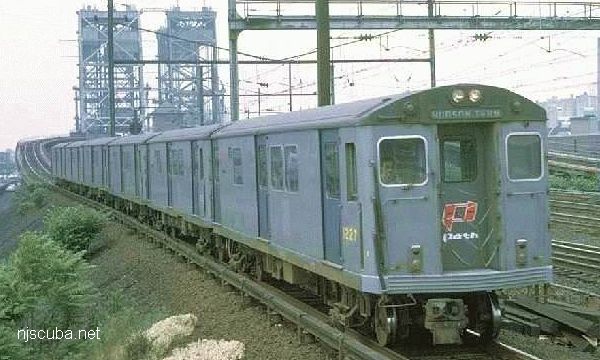
More: PATH subway cars ...
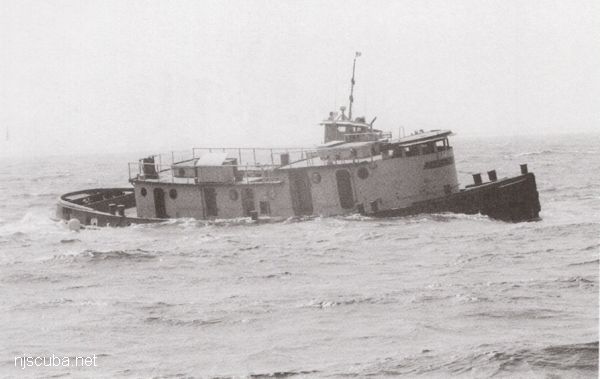
More: Patrick McHugh ...
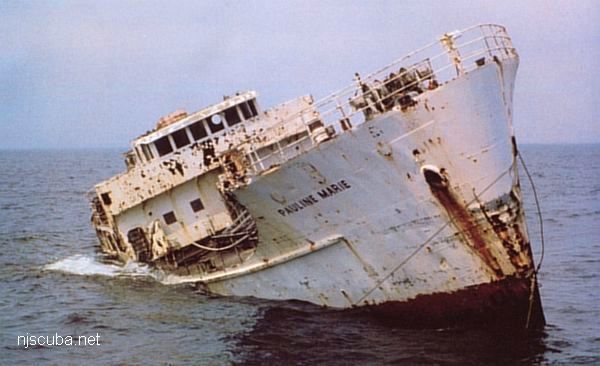
More: Pauline Marie FS-??? ...
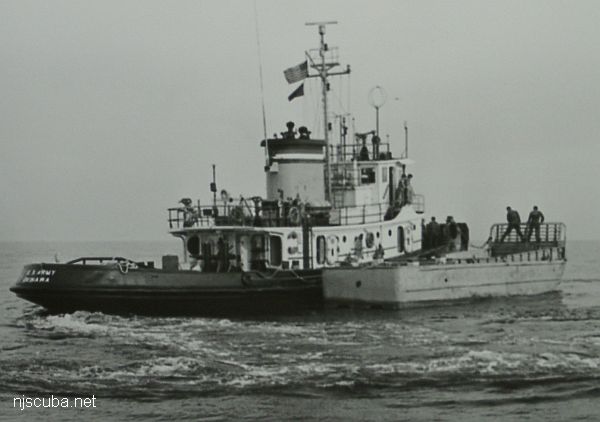
More: Peggy Diana LCM-6 ...
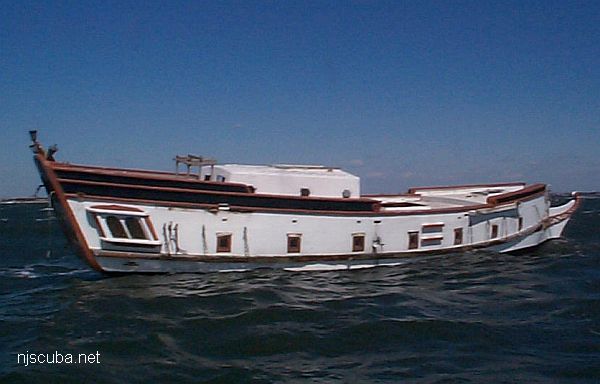
More: Peregrine ...